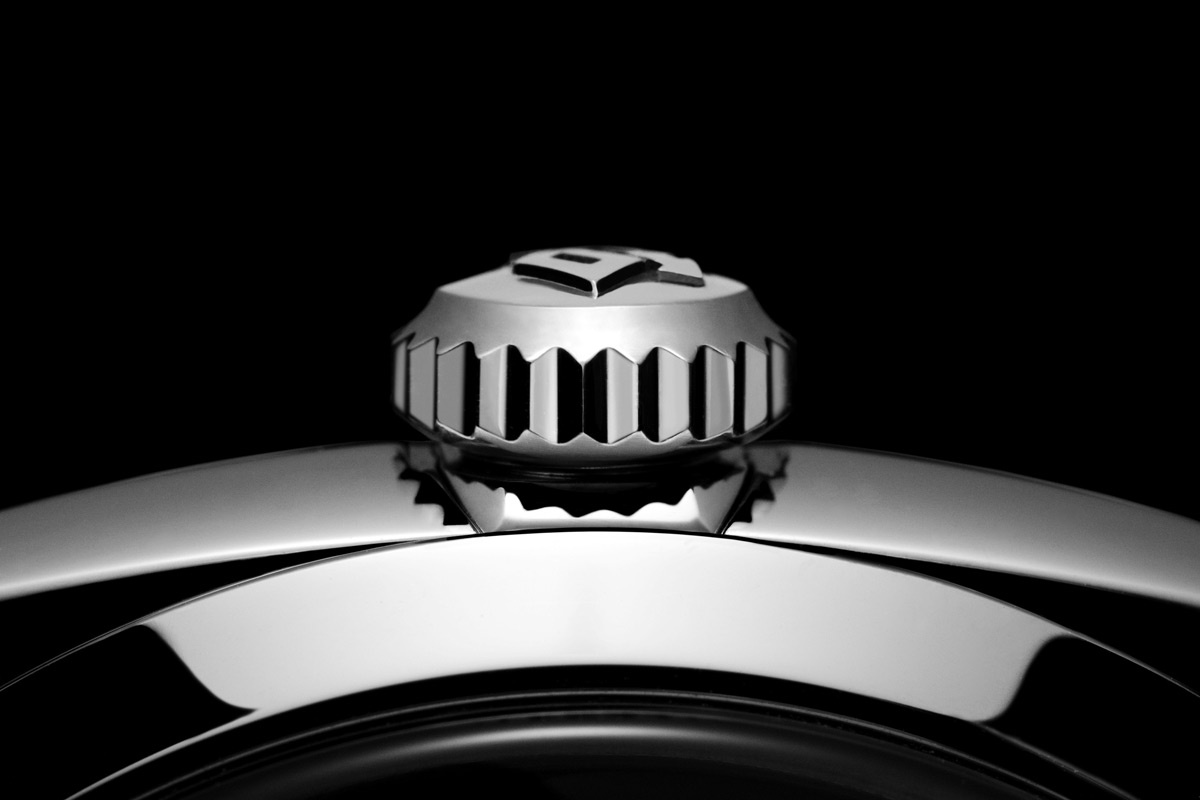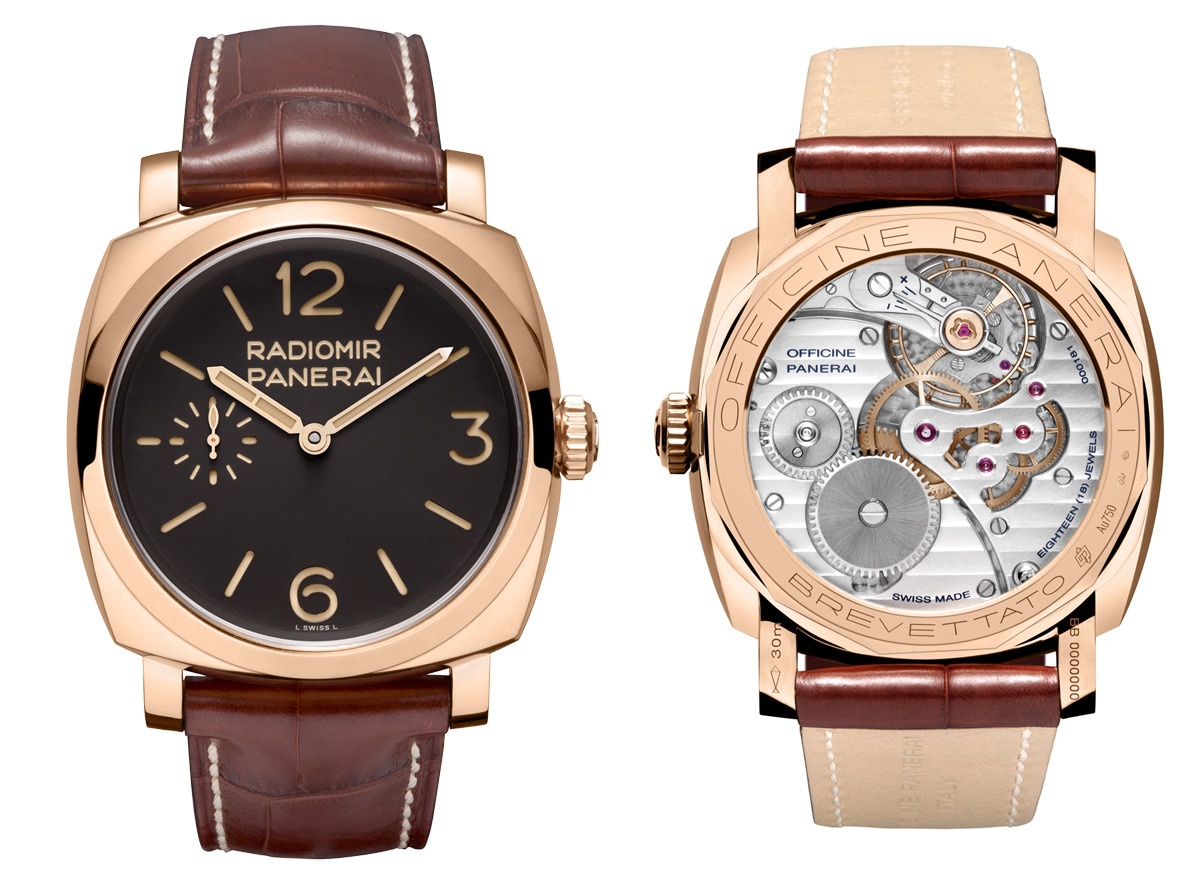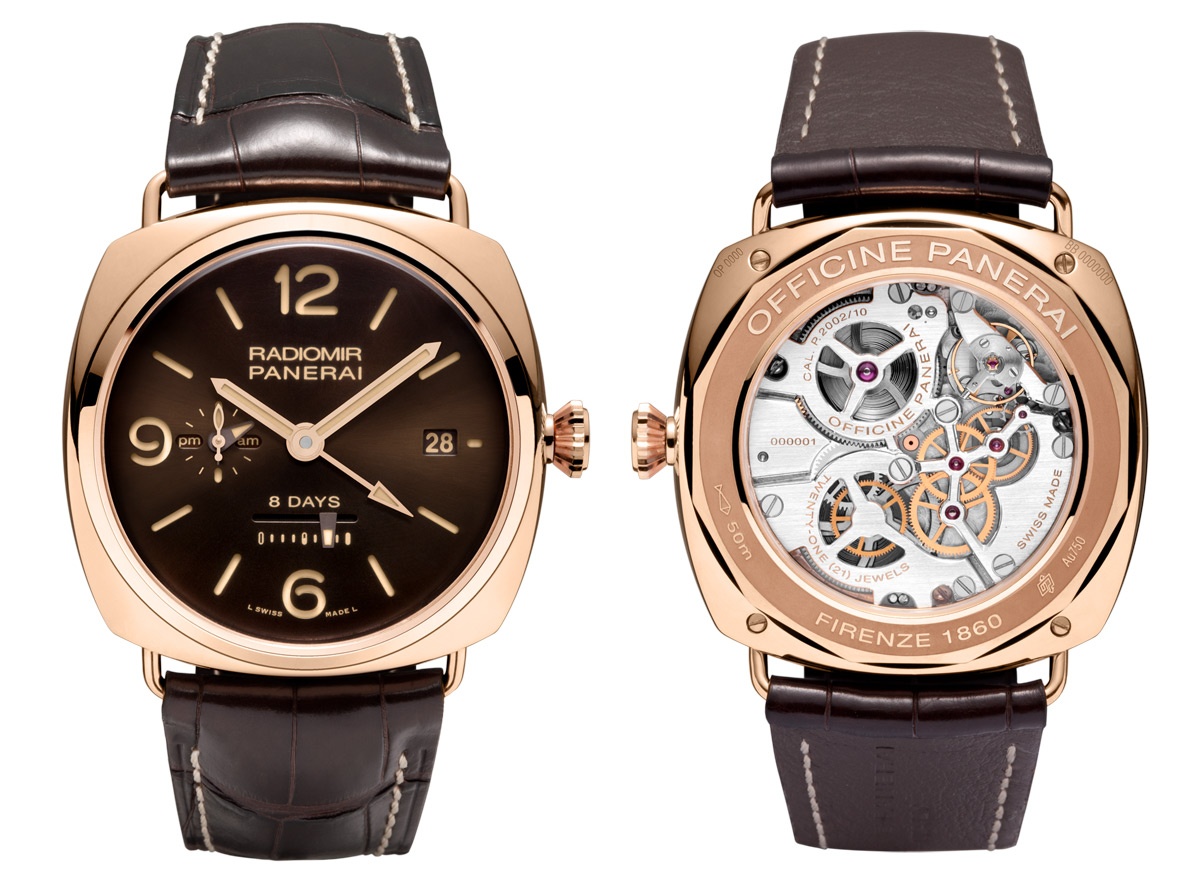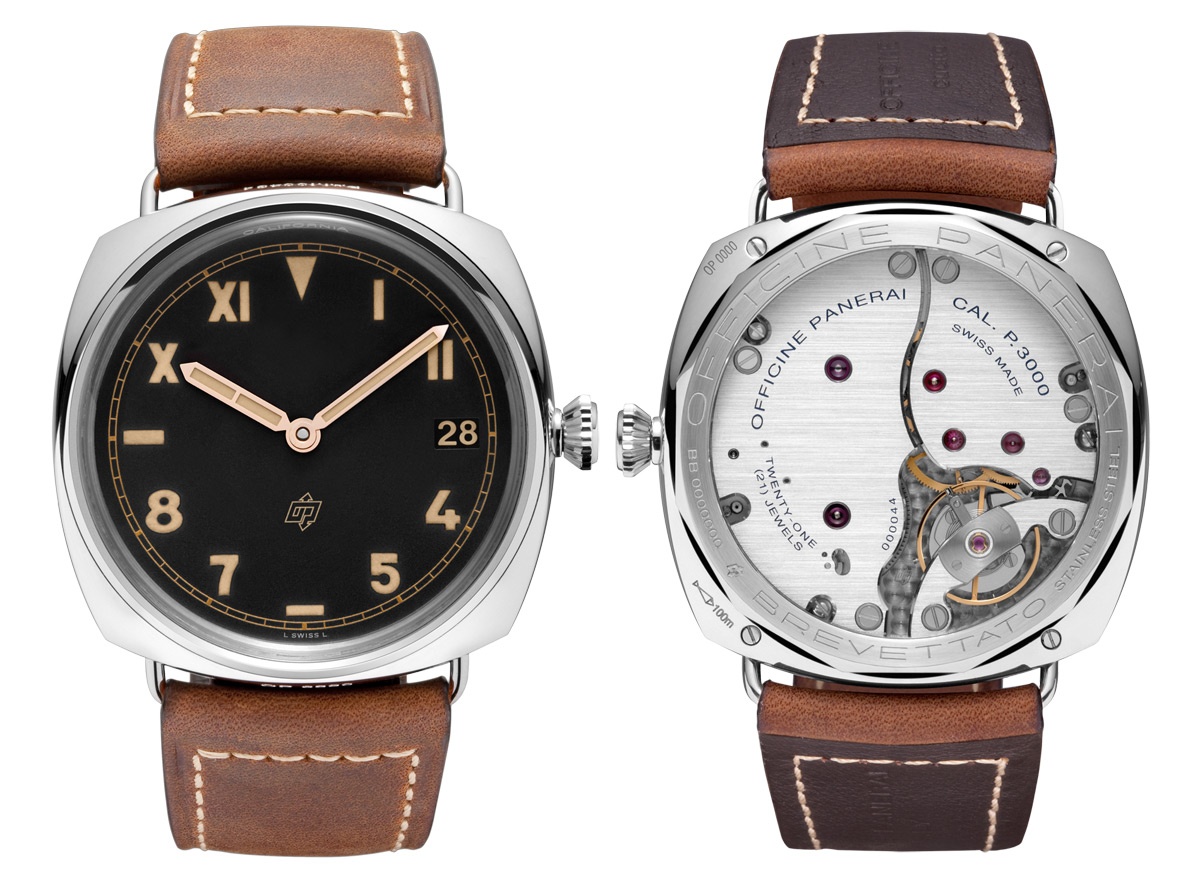TAG Heuer - Mikrogirder 2000 Chronograph

Meet the TAG Heuer Mikrogirder 2000 Concept watch- a dual-assortment, ultra high-beat watch with a Chronograph beating at 7.2 million times every hour, meaning that the watch can time events to 5/ 10,000th of a second. Perhaps the most surprising aspect of the new TAG Heuer Mikrogirder is not that TAG Heuer have put out a watch twice as fast as the Mirkotimer- it’s the fact that they’ve done it with a movement that- again- reinvents mechanical movements. The 2011 Mikrotimer had no balance wheel. The 2009 Pendulum had no hairspring. The 2012 Mikrogirder has neither.
As you’d expect, the party trick of the Mikrogirder is the flying central chronograph hand, which rotates twice 20 times per second- twice as fast as the Mirkotimer.
TAG Heuer talk about the movement in terms of being accurate to 5/10,000th of a second, rather than 1/ 2,000th of a second. Same thing you might say, but the claim is that for the first time it is possible to break apart the 1/ 10,000th fraction of time. Having said that, there is a large “2000″ at the top of the dial and in the name, so you can see it however you prefer.
Reading the Mikrogirder
The Mikrogirder has a different dial layout to the Mikrotimer, so let’s step through the sub-dials that you see above:- 12 o’clock Sub-Dial: This measures Seconds. Each marker represents 3 seconds, so the hand rotates once every 90 seconds
- 3 o’clock sub-dial: This shows seconds plus 1/10th of a second – one complete revolution of this hand is equal to three seconds
- The Flying central hand shows time in 1/100th, 1/ 1000th and 5/10,000th of a second
Mikrogirder Movement
The magic to this watch is the movement, and in particular the regulating system. Look at the watch from the back and it looks the same as the Mikrograph and the Mikrotimer- and indeed it uses the same layout- two barrels/ assortments: one for the Chronograph and one for the Watch.The Chronograph beats 7.2 million times per hour- or 1,000hz.
Compared with the Mikrotimer’s design, the new concept watch comes with some interesting changes. Firstly, you can notice a crown and chronograph pushers located on the top of the case. The shape of the case is asymmetrical, which is also a distinctive feature, taken from vintage Heuer stop-watches.
The dial with a nice anthracite finish features two chrono sub-dials. The sub-dial at the 12 o’clock position counts seconds. Each marker represents interval of 3 seconds and a hand rotates once every 90 seconds. The sub-dial at the 3 o’clock position displays seconds plus 1/10th of a second – one spin of a hand is equal to three seconds. The Flying central hand counts time with 1/100th, 1/ 1000th and 5/10000th of a second accuracy.
www.calibre11.com
--------------------------------------------
baselworld.tagheuer.com
--------------------------------------------------
www.facebook.com - TAG Heuer
--------------------------------------------------------------
www.TAGheuer.com














